Karamanlı, a district of Burdur with a population of about 6000, is also my birthplace. I finished primary school in Karamanlı, my family lives there. Since Karamanlı was a district when I was in primary school, it is still "village", "my village", that is, my hometown. Looking at my country with the eyes of a traveler Places to visit in Karamanlı, what to eat in Karamanlı, history, transportation information such as Karamanli travel guide I collected it in this article. If you happen to be in our area, I would love for you to visit and visit my village, have a nice reading!
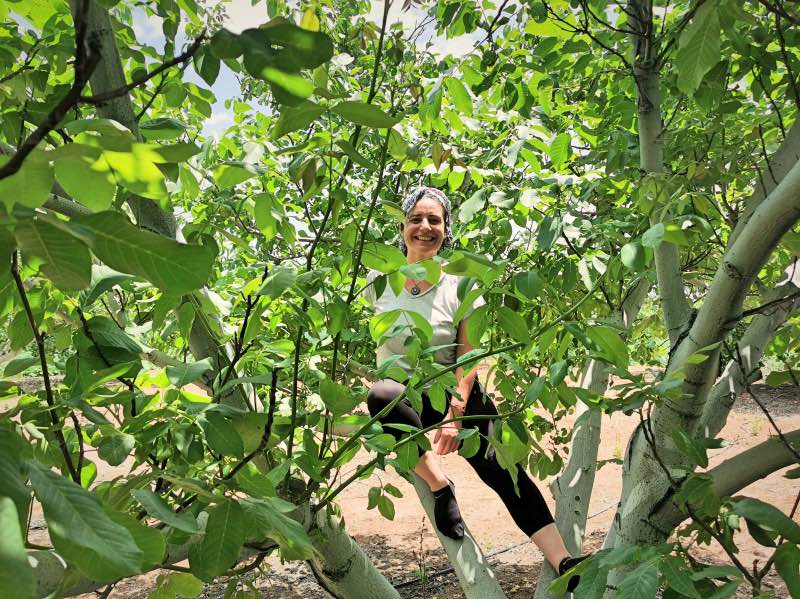
What You Will Find In This Article
History of Karamanlı
In the geography where Karamanlı is located, there has been a settlement since the Neolithic Age. The fertile Karamanlı Plain made this region attractive. Although there are mounds, caves on Ardıçlık Hill, inscribed stones and sarcophagi in this area, unfortunately, there are not many people who take care of it.
The paths of different civilizations such as Persians, Hittites, Pisids, Lycians and Romans passed through here. My favorite thing about Karamanlı Plain is that the finish line of the endless plain is the hills that are extensions of the Taurus Mountains. When you look from the balcony, the green plain continues up to the mountains. When I was a kid, I thought there was a sea behind those mountains, it's not wrong. When you pass the mountains, you go to Antalya or Fethiye.
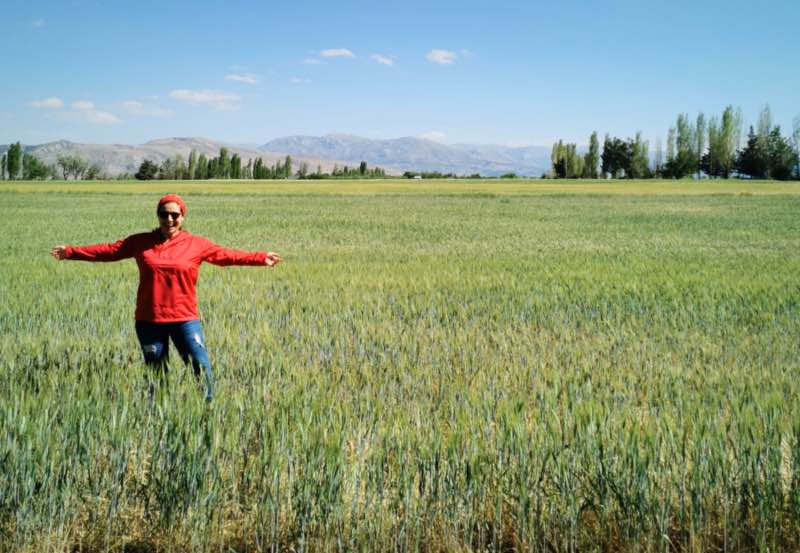
During the Principalities period, Karamanoğulları settled in and around Karaman. Mehmet the Conqueror is taking Istanbul, at the same time he is dealing with the Karamanoğulları in Anatolia. It is even said that he said, “I did not suffer from Byzantium as much as I suffered from the Karamanids”. After the Osmanoğulları dispersed the Karamanoğulları to many places, some of the tribes came to the region where Karamanlı is today and settled around Kocapınar under Ardıçlık Hill.
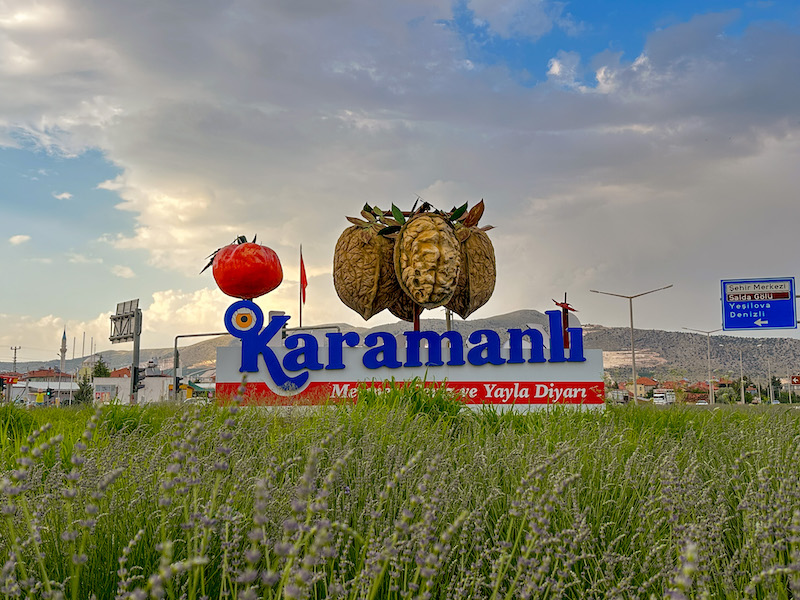
During the Republican period, Karamanlı became economically stronger thanks to its fertile plain. My compatriots, who live in Karamanlı and carry the dissident genes of the Karamanoğulları (I have these genes running in my veins), did not want to be a district for a long time, with a perspective such as "if we become a district, the state will monitor us more closely and follow our every step". As I mentioned in the introduction, when Karamanlı became a district in 1987, I was in primary school and my grandfather was the mayor of the district.
Unfortunately, the number of marble quarries has increased rapidly in Karamanlı in recent years, and almost all of the hill on which the district rests has been carved by marble quarries. Carcinogenic marble dust is constantly falling on the city, on the plain, on the dam lake used for irrigation, and unfortunately, no one speaks except for a few hoarse sounds.
Where is Karamanli, How to Go?
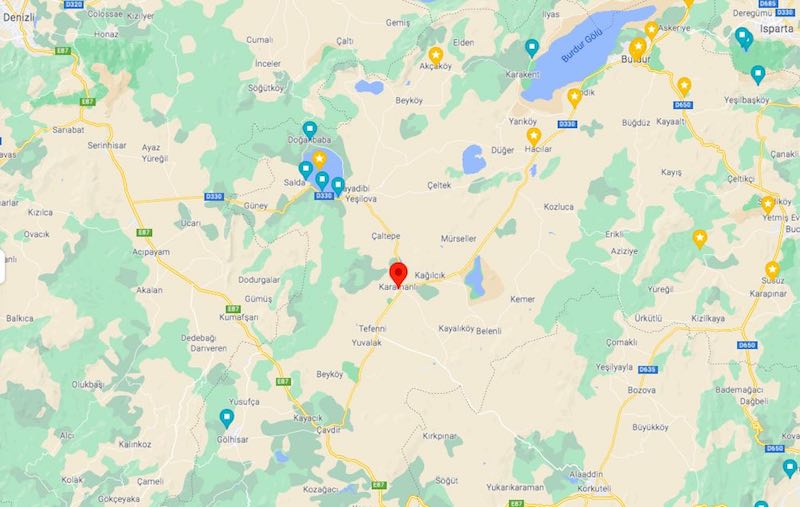
Karamanlı is 60 km away from the city center of Burdur, on the Burdur-Fethiye and old Denizli-Antalya road. If you are going in the direction of Fethiye from Istanbul, Ankara, you pass through Karamanlı. If you use the old Denizli-Antalya road, it is on the road. Salda Lakeneither can you.
- By Private Vehicle; Regardless of where you come from, you can easily reach Karamanlı by your private vehicle. Karamanli; It is 60 km from the center of Burdur, 118 km from Antalya and 146 km from Fethiye.
- By bus; Buses going to Fethiye from Istanbul and Ankara directions can drop off passengers in Karamanlı. You need to specify this when buying a ticket. If they do not drop off passengers in Karamanlı, you can reach Karamanlı by taking the minibuses going from Burdur center to Karamanlı, Tefenni, Çavdır, Gölhisar.
- by plane; The easiest way to reach Karamanlı by plane is to land at Denizli Çardak Airport. However, since there is no shuttle service to Karamanlı, you have to either meet someone or agree with the taxis at the airport.
Karamanlı's location in Google Maps application Click to view.
Places to Visit in Karamanlı
“How many places can there be to visit in as many districts as El, and I heard its name for the first time?” You may have thought. But as in every corner of Anatolia, there are many and many beautiful places to see in this small town.
1. Kocapinar
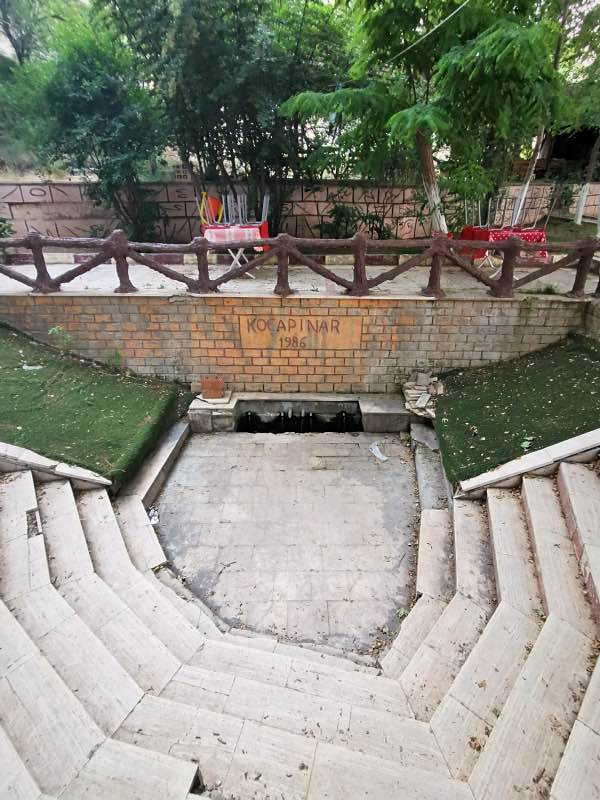
If you enter Karamanlı from the direction of Fethiye, you will see Kocapınar on your left after passing the cemetery and the martyrdom. This spring is the birthplace of Karamanlı. Some tribes from Karamanoğulları settled around this spring.
Although the area around the spring seems to be a restaurant business now, I would like you to remember that the water flowing in the spring has flowed here for thousands of years. You can take a break here to eat Burdur Shish under the shade of century-old plane trees around the spring. There are inscribed stones and sarcophagus lids at the head of the spring, in the area fed by the spring water and where the vineyards used to be.
2. Ardıçlı Hill – Ardıçlık
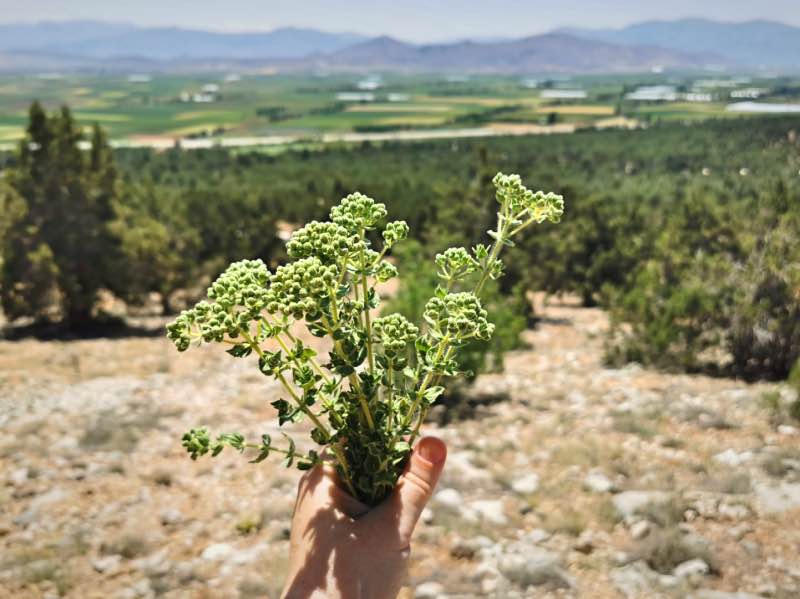
While coming to Karamanlı from the direction of Fethiye, you will see a hill near the entrance. We call this hill Juniper. Its name is Juniper because it is covered with juniper trees. The story of the juniper tree is also interesting. Juniper seeds are spilled on the ground, these seeds are eaten by a thrush bird and are taken out as excrement and mixed with the soil and germinate. If there is no bird, there is no tree, and if there is no tree, there is no bird. The wonderful balance of nature… Juniper is very nice for walking and picnic, and for picking thyme. The scent of juniper wood is also very nice. Unfortunately, Juniper is also under the threat of marble quarries.
3. Rock Tombs
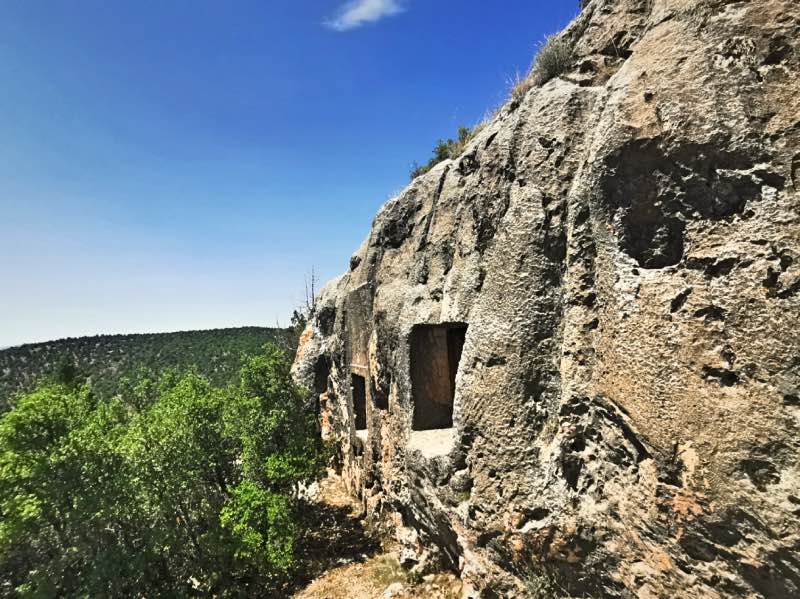
There are 3 rock tombs on the slopes of Karamanlı Ardıçlıtepe. It is said that there is a tunnel between Çamur Höyük on the plain from the hill with rock tombs of different sizes, but no one has seen the tunnel. The smallest tomb is only the size of a large box. The medium sized one has two burial places, and the largest one has a large burial chamber.
So far everything is normal. However, these rock tombs are marble quarries, even all the hills and slopes of Karamanlı are marble quarries. It is raining marble dust on the city, on the plain, and the hills are completely shaved.

When I shared this situation in my stories, examples came from many parts of Turkey. When we say marble quarries, quarries, mines, dams, the streams and hills of our country are being destroyed with great plunder. So why is everyone silent, why are there not voices from all over the country, the rising voices are constantly tried to be suppressed. This country is ours, we tried hard to defend this mountain, stone, stream, hill. We can't surrender so easily, we shouldn't!
4. Mud Mound – Mud
If you take the rock tombs behind you and look at the plain, you can see the Çamur Höyük (colloquially Çamuryük) Hill. This is a hill where some remains are under the ground. There are legends that there are tunnels from the rock tombs to Çamuryük Hill, but no tunnel has been found yet.
5. Garlic Groove

The name of the place we reach from the dirt road after a short drive from Ardıçlık is Sarmısakli Oluk. It is said so because the water running from the fountain here smells like garlic. Chromium comes out in this area, possibly the minerals mixed with the water cause this odor. This is a picnic area, there are picnic tables. When we were in primary school, we used to come here for school picnics on foot. Under the juniper trees, there was a stream that flowed a little at that time. At the moment, the stream is completely dry, and the juniper trees have started to dry unfortunately.
Burdur and Karamanlı are severely affected by the climate crisis. The water level of the dam, which was built to irrigate the fertile Karamanlı Plain, has reached the lowest level of its time.
6. Cisterns
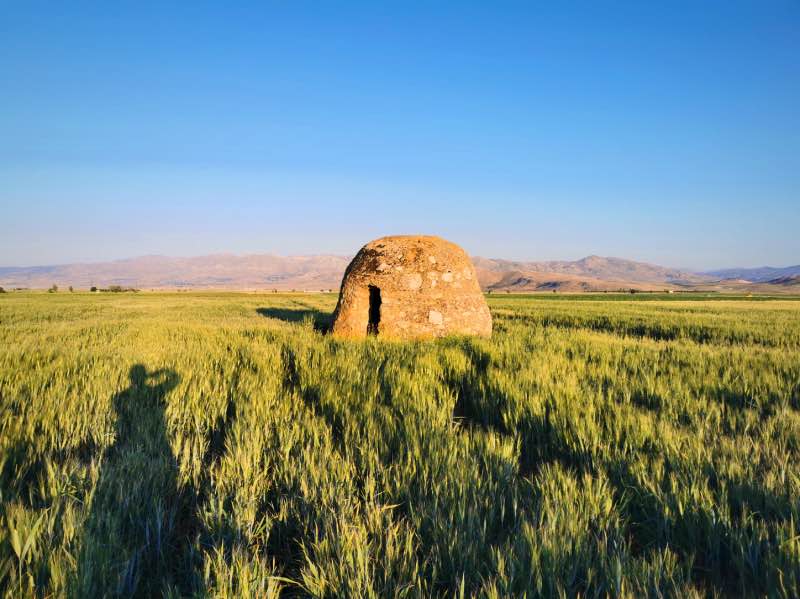
There are many mounds and cisterns known in the Karamanlı Plain. One of these cisterns has been restored. He's standing in the middle of someone's field. The door of the cistern is open, a few steps down to the inside. It is empty at the moment, there is no processing or painting. In the past, clean water was collected in it and those who needed water in the fields used it.
7. Karamanli Market
Every Friday, Karamanlı Bazaar is held in the marketplace behind the Karamanlı Municipality. Fruit, vegetables and textile products come to the market both from the surrounding villages and from places such as Antalya, Denizli and Fethiye. Since one of my favorite things is to go to the market, I definitely stop by the market every time I go to my hometown.
If you catch the season, the Sheep Yogurt, cherry and walnut of our region will be very good. When you go to the market, do not pass without buying it.
8. Old Devrim Primary School

Devrim Primary School is the primary school that I also attended. It is located in Karaman Neighborhood, right across from our house. In addition to preserving the architectural structure of the old village schools, it was the last school in Turkey, called Devrim. The Karamanlis, the parent-teacher association resisted the change of the name of the school for years, but in the end they removed the school from the status of primary school and changed its name accordingly.

If you enter the garden of the school and continue on the left side, you will see that Mustafa Kemal Atatürk and the War of Independence are depicted on that wall. Above the picture are excerpts from Nazım Hikmet Ran's poem, The Epic of the War of Independence. This painting was made by my grandmother on the wall of the school. She was an enlightened Republican woman and the dissident Karamanoğulları blood circulated in her veins. When you enter through the administrative door in the school building, you will see a painting of Atatürk on the left wall, signed by my uncle Hasan Saygın, who is also a painter.
I grew up playing games in its garden ever since the name of my primary school was forcibly changed, every time I see it, my heart ache…
9. İsmail Türel Museum
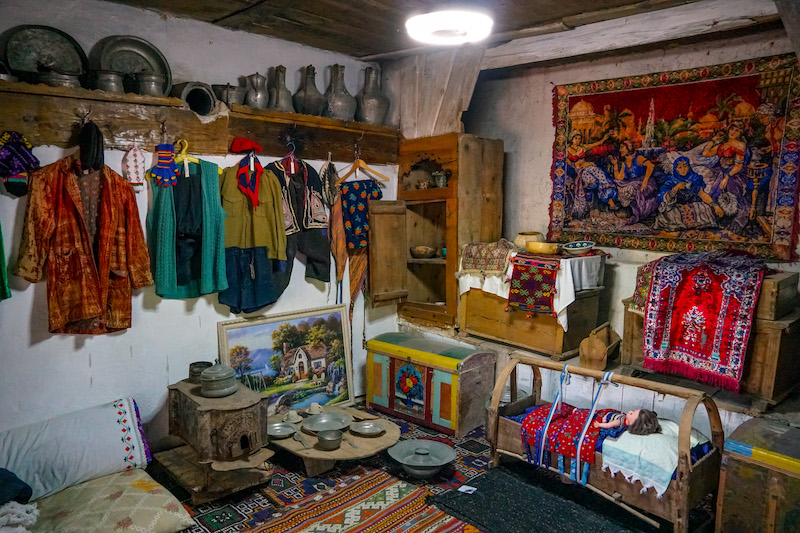
İsmail Türel Museum is an ethnography museum founded in Karamanlı by retired teacher and painter İsmail Türel, who protects the values of his village and wants to pass it on to future generations. The museum was created by transforming İsmail Türel's grandfather's house in the İstiklal District in the Karamanlı district of Burdur.
You will find many interesting materials that İsmail Türel has collected from his friends, relatives and compatriots for 30 years, from Karakovan to bottles of the wine brand produced in Karamanlı, from spinning wheels to old cameras.
Museum admission is free. It can be visited in spring and summer.
For more information İsmail Türel Museum Check out my post.
10. Karataş (Bahçeözü) Lake

Karataş Lake is located on the Burdur road, 20 kilometers from Karamanlı. This is a small shallow freshwater lake. Its name among the people is Bahçeözü or even Bağçöz Lake. Located within the borders of Karamanlı district and included in the international wetlands list, Lake Karataş was registered as a wildlife protection area in 1985.
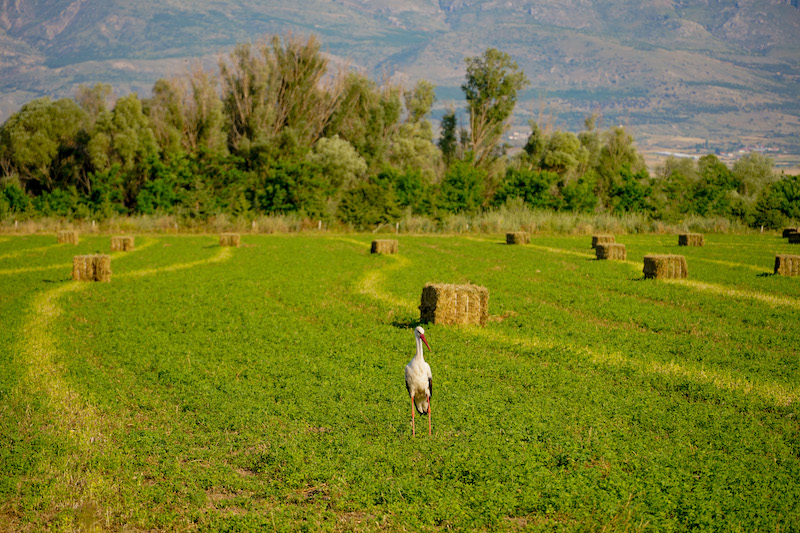
The lake, which is a fishing spot for catfish and carp, is also on bird migration routes and is home to 122 kinds of birds. However, in recent years, the lake has been drying up very quickly, it is one of our lakes affected by the climate crisis.
You can go down to the lake shore with your car, there is a bird watching tower, but the road is bad and unfortunately there is neither a sign nor its location on the Google Maps application.
The reflection of Karataş Hill, which rises in the form of a monolithic spire behind the lake, and the view of fishing boats offer magnificent views. I hope that Karataş Lake does not dry out and we can continue to see these sights.
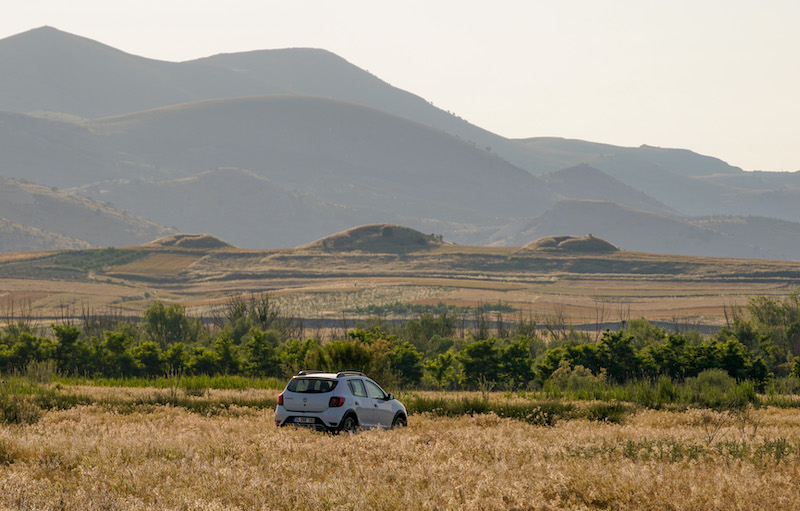
There are three tumuli side by side at the entrance of Bademli Village, in line with Karataş Lake. You can see it on the side of the Burdur-Fethiye road while passing by. Unfortunately, there is no proper way to go to the tumuli, and when you go near them, it is not possible to see anything other than the destroyed entrances. These tumuli are the tiny mounds you see in the photo above.
11. Mursel Village Culture House
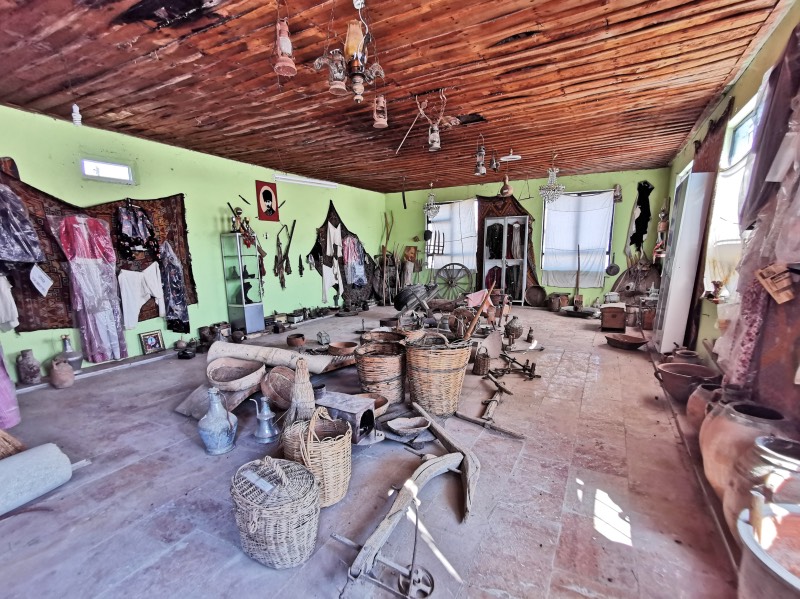
Mureller Village Culture House is located in the center of Mureller Village, which is 19 kilometers away from Karamanlı town center. The Culture House is a museum that was founded under the leadership of retired teacher Eşref Yurdasiper and exhibits the objects of village life.
Mursel Village Culture House I have a detailed article about it, be sure to check it out.
If you ask the people of Karaman, they will say "go to the dam", but in general, since I never direct my readers to a dam in any of my articles, this is just the talk of the dam here.
What to Eat in Karamanlı?
The food and beverage culture of Karaman is based on the fruits, vegetables and legumes grown in the region, just like everywhere else. When I was a child, various herbs were collected from the plain and eaten by dipping in vinegar. There was no habit of cooking herbs like in the Aegean cuisine. Now those grasses are not much left.
1. Kömbe – Poppy Bun
Kömbe is a name given to different foods in different parts of Anatolia. Our place's kombesi is a poppy donut. It is made in the oven by putting poppy, which is mixed with molasses, into the dough. You can't get enough of it, especially when it's hot. Maybe you know Afyon Bread, it is also made with poppy. Although it looks like it, ours is a sweet doughnut because it is sweetened with molasses. It is not possible to find it in restaurants or patisseries, I don't know why. However, you can eat when you are a guest in a house.
2. Pied Soup
Alaca Soup is one of my favorite dishes. Whenever I go home or my mother comes to Istanbul, I definitely want her to cook it. Its name is soup, but it is a thick dish called Alaca Soup. Everything produced on the plain such as lentils, chickpeas, beans, bulgur is put in it and cooked with butter. One plate is never enough. I haven't come across any place that makes Pied Soup, you have to eat it as a guest in a house again.
3. Navel Vaccine
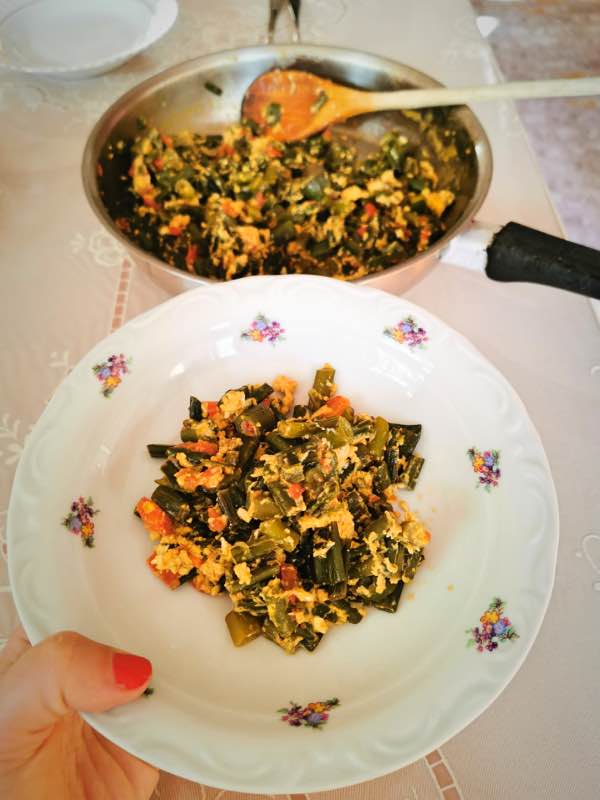
Navel Vaccine is made from the green stems of onions. If you plant the onion from the onion itself, not from the seed, the seed comes out from the tip of the stem. This is called an onion core. If you fry the navel onion with tomatoes and peppers and break an egg on it, you will get a Navel Vaccine. It tastes very good, you have to eat it while it is hot, it doesn't look like anything if it gets cold.
Since it is cooked only when the onion is navel, it is cooked in a very limited time period in June and unfortunately you cannot find it in any restaurant. However, if you are a guest in a house, you can eat it.
4. Age Tarhana

There is a very nice ritual of making tarhana soup in our village. Flour, chickpea, tomato, red pepper are prepared from the day before. Neighbors are invited, a fire is lit in the garden, a cauldron is installed on it. The ingredients in the cauldron are mixed with a large wooden spoon. When the tarhana is cooked, the mouth of the cauldron is covered with a large tray (sini). One of the unmarried young men of the neighborhood lifts the tray and opens the tarhana (referring to the ritual of opening the bride's veil). Hot tarhana is taken into large plates and served with roasted butter and ayran. Take a spoonful of tarhana, dip it in melted butter, and then in ayran. Then it is eaten with pleasure. Before the remaining tarhana is dried, it is taken into large containers and left to ferment.
Since we love wet tarhana so much, my mother sometimes cooks it in a pot, not for drying, but just for eating. Need I say this is not a dish you can find outside?
5. Shepherd Roast
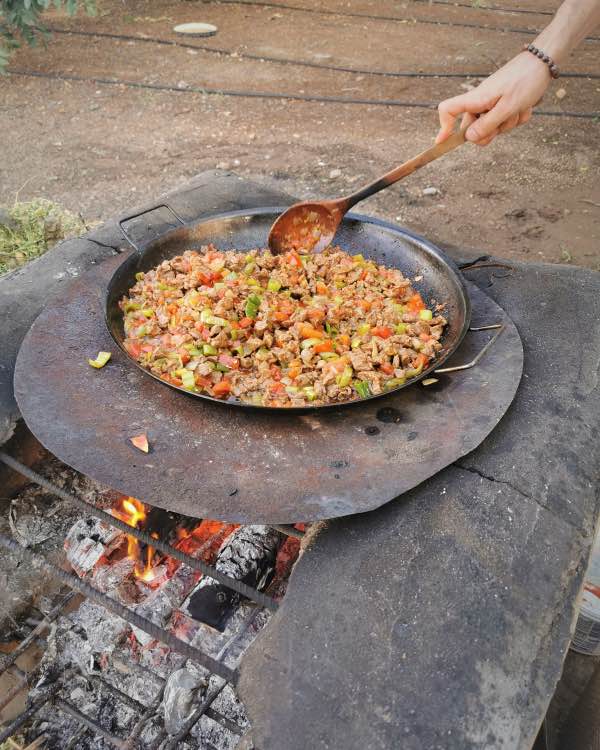
What makes shepherd's roast good? Meat, vegetables. When the meat and vegetables of our region are delicious, shepherd's roast is also good. And I have good news, you can find it in many restaurants.
6. Burdur Shish
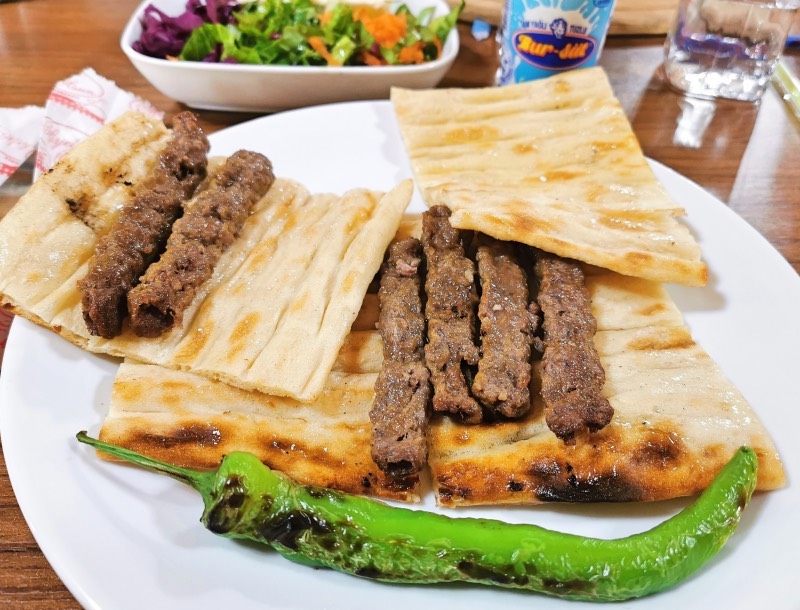
Burdur's famous Burdur Shish is also made in Karamanli. It would be very nice. Meatballs along the finger, made with very little seasoning, served between pita bread. It is eaten with pleasure. You can find it in almost all restaurants.
7. Walnut Butter
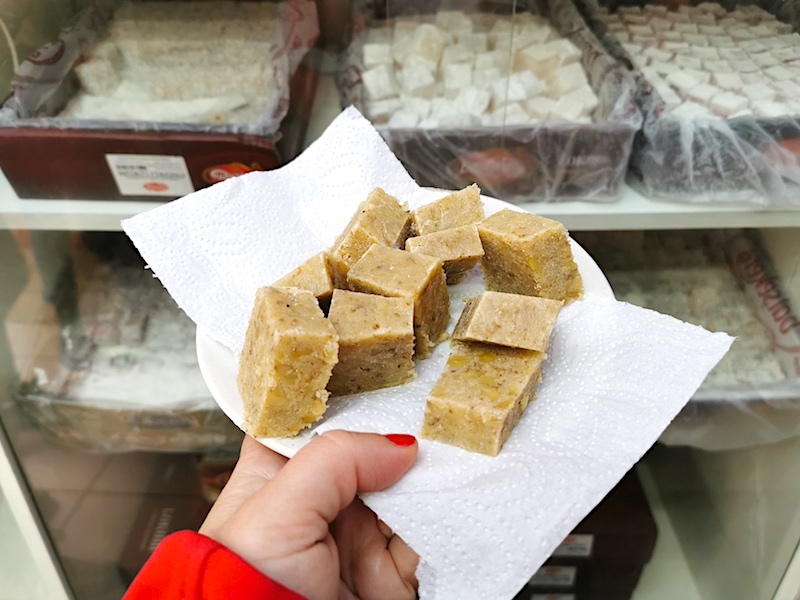
Another famous taste of Burdur is walnut paste. This dessert made with walnuts, semolina and sugar can be compared to marzipan. There is no place that makes it fresh in Karamanlı, but you can find it in a packaged version in the markets.
8. Grass Bread

I said above that we cannot cook the herbs, but the only exception is grass bread. It is made by roasting leeks, onions, spinach, whatever is in season, and placing them between the hand rolled phyllo and cooking on the hair. You can think of it as pancake made with various herbs. You can't find this in restaurants, neighbors and relatives gather and cook together.
9. Laz's Ice Cream – Günday Ice Cream
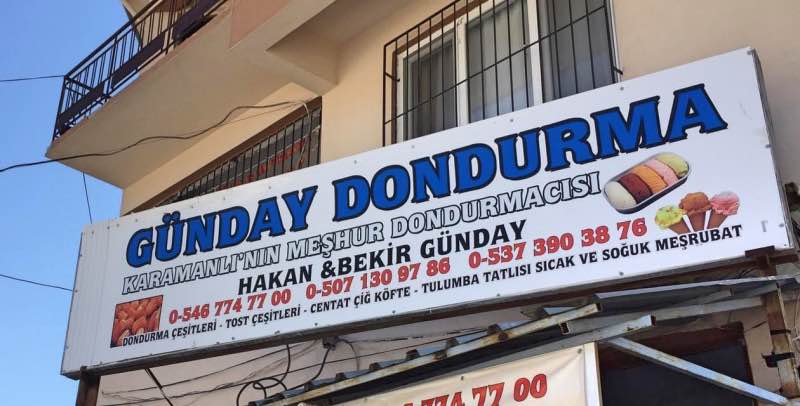
I don't know if it's because I've been eating this ice cream since I was a kid, or because it's made with the milk of our village and Bucak's famous salep. If you happen to pass by Karamanlı, the place of the ice cream shop is before you come to the city center. It used to be right inside the bazaar, a few years ago they moved to enlarge the place. Since the manager is Laz, everyone here calls it Laz'in Yeri. If you come, you should definitely taste the ones with tahini, walnuts and honey almonds. Oh, and the prices are very affordable, don't be surprised.
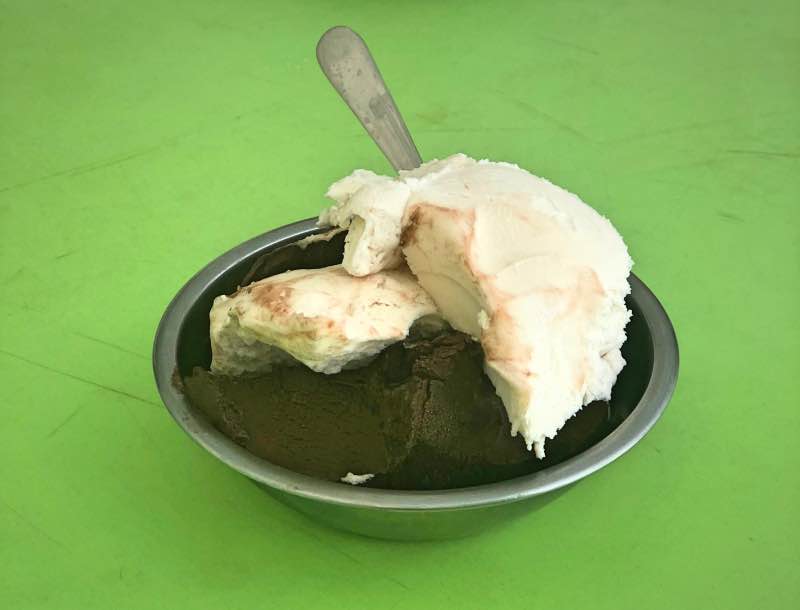
10. Wedding Dinners
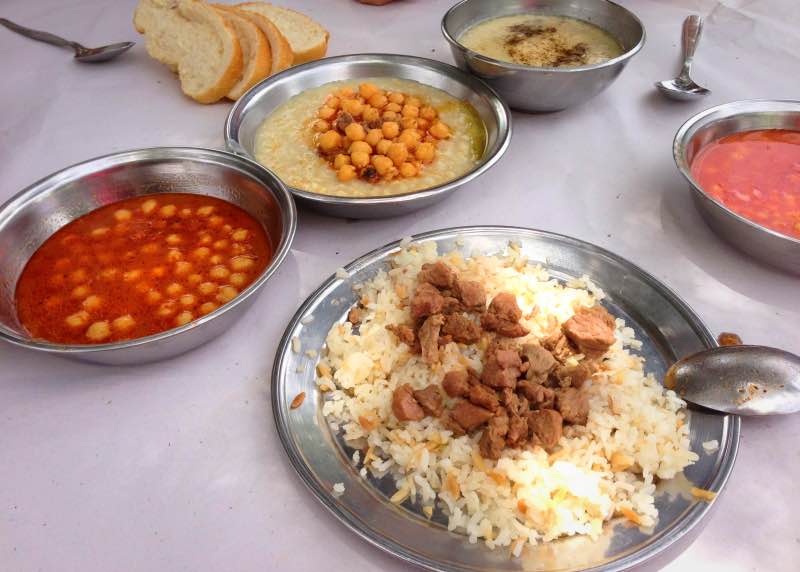
Wedding meals are mostly based on legumes. Chickpeas and beans are a must. It is also eaten by making keskek from wheat and pouring chickpeas with meat on it. Halva is often served as dessert. If you come to our place and come across a traditional wedding, I would like you to see both the food and the entertainment.
11. Pestil
This fruit pulp is not the one you know. The pumpkin is cut into 15 cm slices, soaked in lime water the day before, cooked by boiling and left to cool. Unlike the pumpkin dessert in Adana and Hatay, it is made with molasses, not sugar. Therefore, a dark, crunchy dessert emerges. Even if it is off, we eat it. And again you won't find it in any restaurant.
While I was writing this article, I couldn't help but wonder if we should open a restaurant in Karamanlı and cook local dishes.
12. Cherries, Almonds, Walnuts, Onions, Fresh Chickpeas…
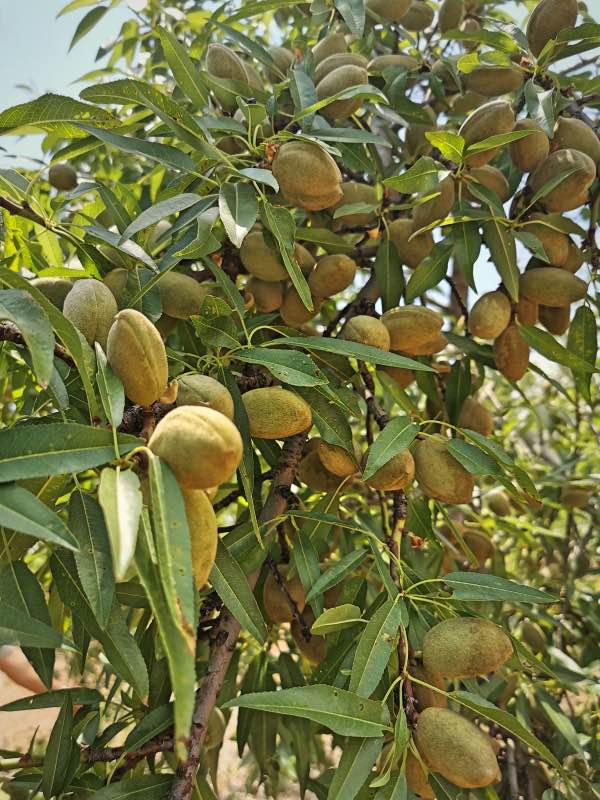

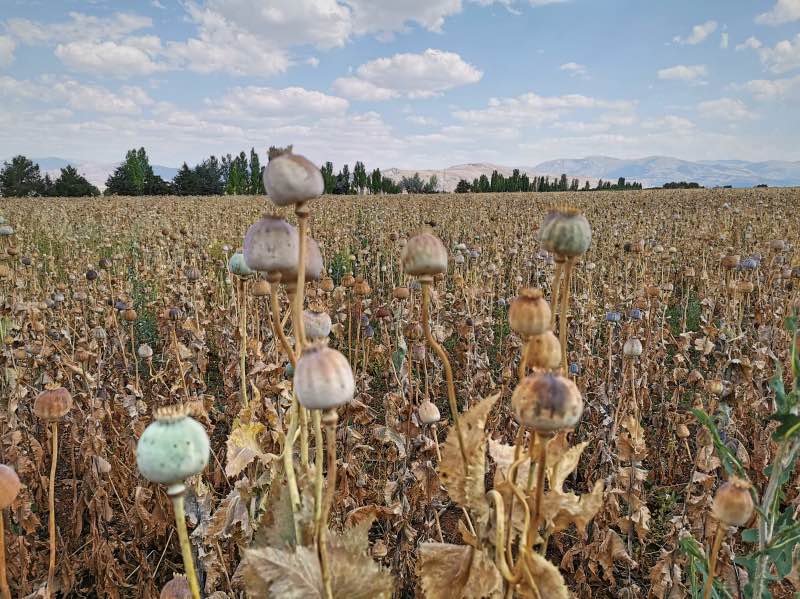
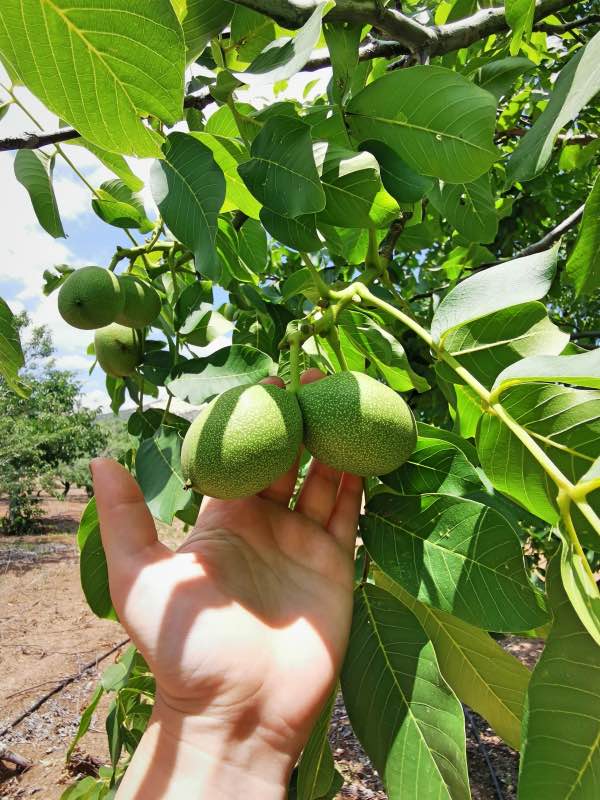
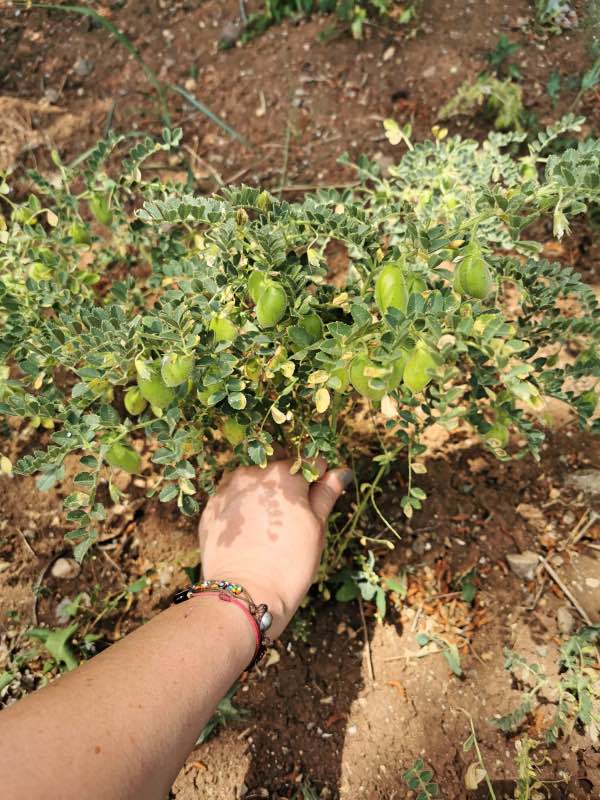
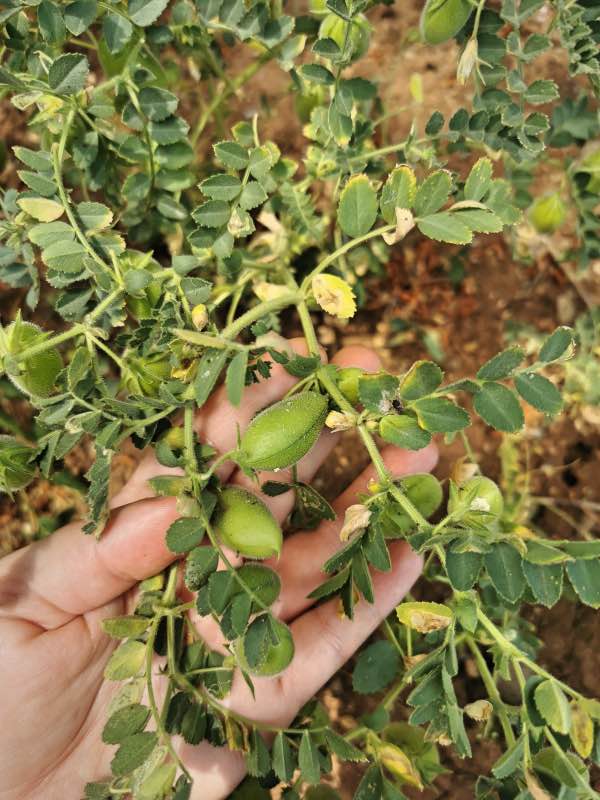

I have added a long list here to show the products grown in Karamanlı Plain. Walnuts and almonds, cherries and chickpeas are the ones that grow here and you can't get enough of them. In addition, poppy is grown in Karamanlı under the restrictions of the state. In the past, sugar beet was grown a lot, I could even put boiled beet between meals, but now there is neither beetroot nor boiled.
In the Karamanlı Plain, small onions, which we used to call small onions, used in onion production, were produced and producers from all over Turkey came to buy that onion. However, when onions began to be propagated with seeds from abroad, no one bought a small onion. Anise plant used in making raki, and eggplant (coriander), which is mostly used in the pharmaceutical industry, are grown in the plain.
Karamanli Photos
Karamanlı photos that I used in the article about places to visit in Karamanlı are listed below. Let me remind you that all photos are copyrighted by me and cannot be used without my permission.














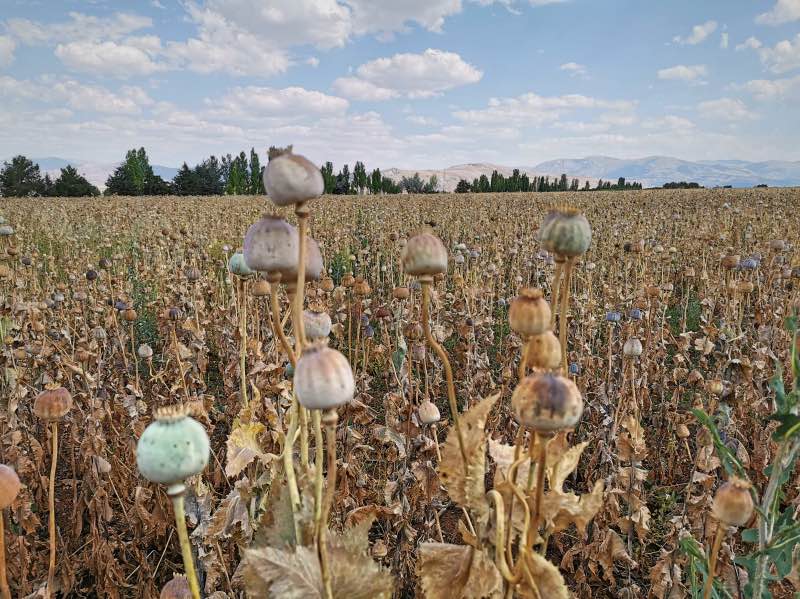









If you have been to Karamanlı; Barutlu Su, located in the district of Tefenni, 7 km away, is located 19 km away. Mursel Village Culture House, only 20 km away Lake Salda and 50 km away Kibyra Ancient City should be on your route.
For a full list of places you can visit and see in Burdur province Places to visit in Burdur Be sure to check out my post.

8 Comments
Good luck to you. Although the closest ancient city to Karamanlı is known as Kibyra, there is a history under Belenli village (ancient name Olbasa). Who knows, maybe one day you will have time and you will reflect on the artifacts from the streets of Belenli village with your fluent language. Respects.
Why not 🙂
Good luck to you.
Thanks
Bless your hands, your heart, your feet. You have made a great effort.
Thank you.
Greetings,
Thank you so much
It's a wonderful article. With its history and visuals… Also, it was a very sincere and valuable work, Ms. Sevil.
Thank you Ms. Ayten 🙂